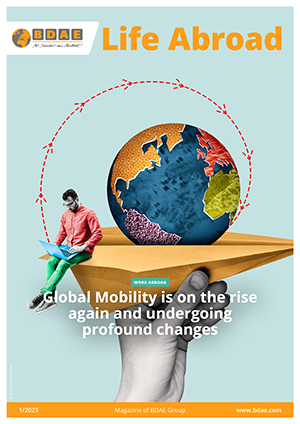New EU law: How aviation emissions will be reduced in future
The Council and the European Parliament reached a preliminary political agreement on the revision of the EU Emissions Trading Scheme (EU ETS) rules applicable to the aviation sector. The agreement will ensure that aviation contributes to the EU's emission reduction targets under the Paris Agreement.
According to the agreement, the EU ETS will apply to intra-European flights (including flights to the UK and Switzerland) from 2022 to 2027, while CORSIA (Carbon Offsetting and Reduction Scheme for International Aviation) will apply to non-European flights to or from third countries participating in CORSIA ("clean separation" principle). If emissions from flights from and to countries outside the European Economic Area reach values of more than 85 per cent of the 2019 level, they must be offset by corresponding CO2 credits that are invested in emission reductions in countries participating in CORSIA.
The Council and Parliament have decided that in 2025 the Commission will assess whether the implementation of CORSIA by operators is sufficient to reduce aviation emissions in the light of the Paris Agreement target.
Free allocation of allowances to be phased out
It was also agreed that the free allocation of allowances for the aviation sector should be phased out as follows: 25 per cent in 2024, 50 per cent in 2025, and 100 per cent in 2026. This means that allowances will be fully auctioned from 2026 onwards. As for the use of the revenue, the legislative bodies agreed to transfer five million allowances from the aviation sector to the innovation fund.
The Council and Parliament also agreed to provide 20 million free allowances to incentivise the introduction of fuels, which are a promising way forward for decarbonising aviation in the short term.
It was also agreed that all fuels eligible under RefuelEU, except for fuels derived from fossil fuels, would be eligible for the Sustainable Aviation Fuel (SAF) allowances. The mechanism will remain in force until 2030. Small islands, small airports, and outermost regions will be able to cover 100 per cent of the price difference between paraffin and eligible fuels with Sustainable Aviation Fuel Certificates to ensure the availability of eligible fuels in these locations with difficult supply situations.
For all other airports, the coverage of the price difference will be adjusted according to fuel type:
- 95 per cent for renewable fuels of non-biogenic origin
- 70 per cent for advanced biofuels
- 50 per cent for other eligible fuels.
All climate-relevant data has to be considered
However, aviation does not only influence the climate through its CO2 emissions. Other effects of aviation also have a huge impact on climate change. Under the agreement, the Commission will establish a monitoring, reporting and verification (MRV) system for non-CO2 aviation impacts on climate from 2025. By 2027, the Commission will present a report based on this system and by 2028, following an impact assessment, it will present a proposal to address non-CO2 related impacts.
To take account of specific geographical circumstances, the agreement provides for limited derogations for the outermost regions in this context.

